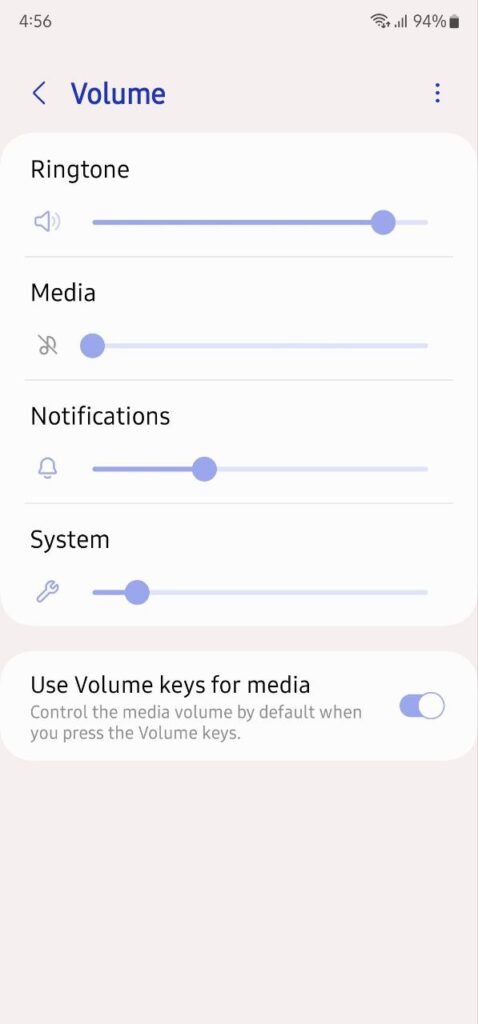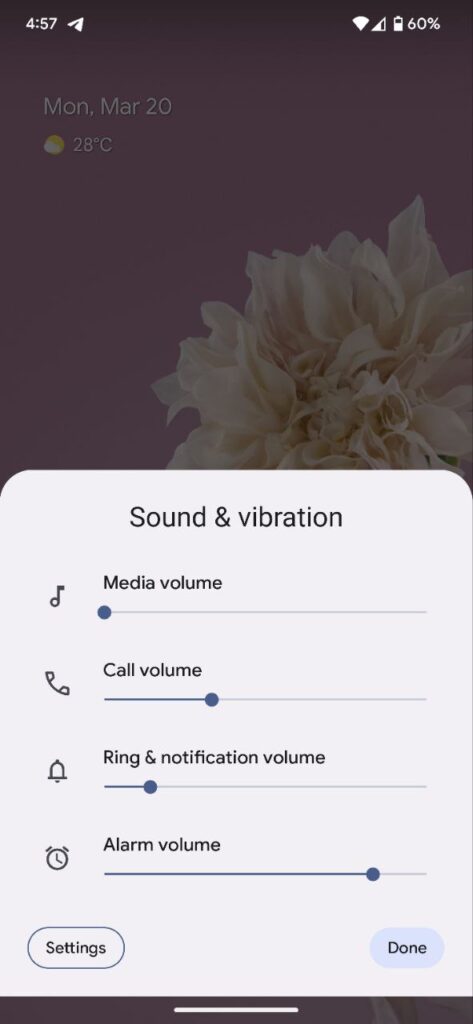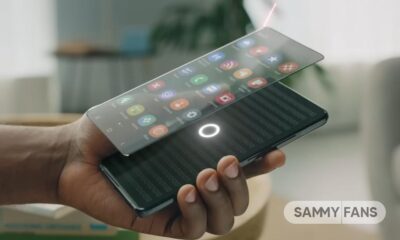Android
Rejoice: Android 14 copies One UI’s volume control panel
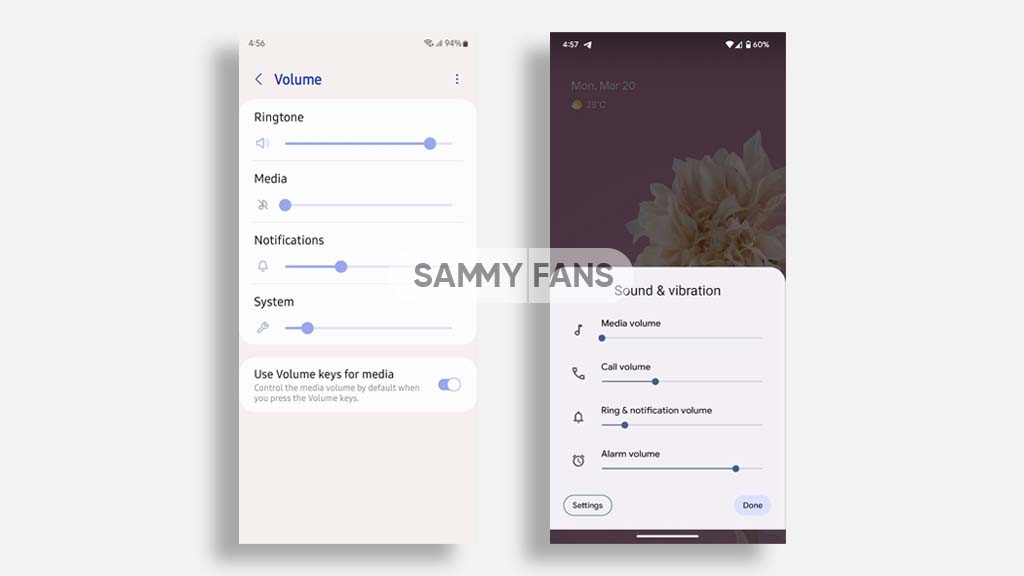
Samsung One UI software is way too intelligent. Google further solidifies the smartness of One UI by copying its volume control panel for the upcoming Android 14 operating system. This move comes after stealing a number of One UI features for the next version of Android.
According to the information, Android 14 could let Pixel phone users access new notification and ringtone volume control panel, which is already available in One UI. With the next OS, Pixel users will be able to set different volume levels for ringtone and notifications.
Earlier, Google enabled the separate volume and notification sliders on Pixel phones running Android 14 Developer Preview. But within a short time, the company pulled the new adjustment panel from Android and everything turned back to the previous.
Several users are reporting that the "ring & notification volume" sliders have been suddenly split into "ring volume" and "notification volume" in Android 14 DP2.
This is WITHOUT them flipping any flags, which was previously required to enable separate ring/notification volume. pic.twitter.com/eTTsnZI61K
— Mishaal Rahman (@MishaalRahman) March 17, 2023
Esper’s Mishaal Rahman quotes that the company has been working on separating the notification and ringtone volume since the Android 13 QPR2 beta. While the ringtone and notification sliders are not linked, both are muted if you put your phone on vibrate.
Since the feature seems to be under development, Pixel smartphones are eagerly waiting for this basic One UI feature on Google’s Android OS. It’s likely that the Stable version or future Public Beta builds may eventually add separate volume control sliders.
One UI Vs Android 13
It’s worth mentioning that the One UI already allows Galaxy users to turn notifications sound to silent, keeping the ringtone sound loud, or vice versa. And as far as the report is concerned, Pixel users might enjoy another One UI feature on the next version of Android later this year.
Apart from the volume panel, Android 14 reportedly brings screen flash notifications, and Auto confirm unlock features, inspired by One UI software. It isn’t true that the One UI is perfect, but Google’s features collection for Android 14 is highly inspired by Samsung’s Android skin.
Follow our socials → Google News, Telegram, Twitter, Facebook
Android
Google unveils Android 16 Developer Preview with exciting features

Google has kicked off the Developer Preview for Android 16, arriving earlier than expected. Usually, these previews begin in February, but Android 16 DP1 is launching three months ahead of schedule this year.
The earlier release of the DP1 is because Google has moved the official Android 16 release from the third quarter to the second quarter of 2025. It aims to ensure that more devices get access to the major Android updates sooner.
Android 16 DP1 is available for several Pixel devices, including the pixel 6, Pixel 6 Pro, Pixel 6a, Pixel 7, Pixel 7 Pro, Pixel 7a, Pixel Tablet, Pixel Fold, Pixel 8, Pixel 8 Pro, Pixel 8a, Pixel 9, Pixel 9 Pro, Pixel 9 Pro XL, and Pixel Pro Fold, as well as the Android Emulator. It can be identified through version BP21.241018.009.
![]()
The Android 16 Developer Preview brings new features for app developers. It brings a system photo picker that will help apps give users a smoother, more integrated way to select photos without needing extra permissions.
Another new feature is Health Connect, which lets apps access and manage medical records in FHIR format, but only with user permission. The update also includes the latest version of the Privacy Sandbox for privacy protection.
This preview program runs from November 2024 until the final public release next year. Android 16 Beta Program will begin in January, with the final stable release expected in Q2 of 2025. Stay tuned for more updates.
Android 16 to make Quick Settings access easier with one-finger swipe
Android
Google’s Android 15 QPR2 Beta 1 update is now available

Google has released the first beta of Android 15 QPR2 for Pixel users. The update can be identified via build version BP11.241025.006. However, users are also waiting for the stable release of Android 15 QPR1 in December this year.
Android 15 QPR2 Beta 1 update comes with the November 2024 security patch. It is available for a wide range of Pixel devices, including Pixel 6, Pixel 6 Pro, Pixel 6a, Pixel 7, Pixel 7 Pro, Pixel 7a, Pixel Tablet, Pixel Fold, Pixel 8, Pixel 8 Pro, Pixel 8a, Pixel 9, Pixel 9 Pro, Pixel 9 Pro XL, and Pixel 9 Pro Fold, as well as the Android Emulator.
Quarterly Platform Releases are updates that bring more noticeable changes and new features compared to the usual monthly bug fixes. These updates are perfect for testing out bigger UI changes or new features that don’t need to wait for a full Android version release.
![]()
The QPR2 Beta 1 is the second major update for Android 15, with the final version expected to launch in March 2025 (via 9to5Google). This update brings the usual bug fixes, security enhancements, and new features to test.
Users participating in the beta program are advised to report any issues via the Android Beta Feedback app, easily accessible through the app drawer or Quick Settings. Install the update now to get an enhanced experience.
Android 16 to make Quick Settings access easier with one-finger swipe
Android
Android 16 to make Quick Settings access easier with one-finger swipe
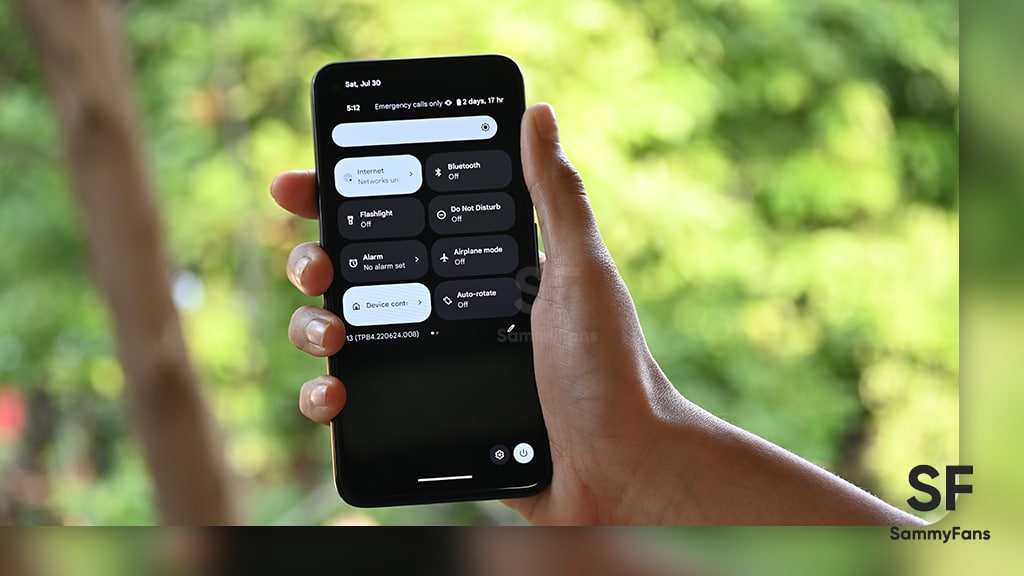
Google is reportedly going to bring an interesting change with Android 16, which will no longer require two fingers to pull down the Quick Settings panel. Previously, there were concerns that users would need to swipe down with two fingers to bring up the Quick Settings. Fortunately, Google has decided to simplify this process.
With Android 16, accessing the Quick Settings will only require a single-finger swipe down on the right half of the status bar. The one-finger swipe access aligns it more closely similar to other Android manufacturers, like OnePlus and Samsung, have designed their systems.
Several users didn’t like the idea of needing two fingers to swipe down, as it felt more awkward and less convenient. By switching to a single-finger swipe for Android 16, Google will make it easier for users to manage their settings with less effort. A well-known tipster Mishaal Rahman (via Android Authority) spotted the code for this Quick Settings change.

However, the new design still lacks the ability to swipe seamlessly between the notifications and Quick Settings panels. Hopefully, Google will add this feature before the official release.
In addition to the swipe change, Android 16 will introduce resizable Quick Settings tiles and better categorization to help users find specific settings more easily.
However, these features are still being worked on and may not be fully ready in the current beta. They are expected to roll out in the final Android 16 release, which is expected in mid-2025.

